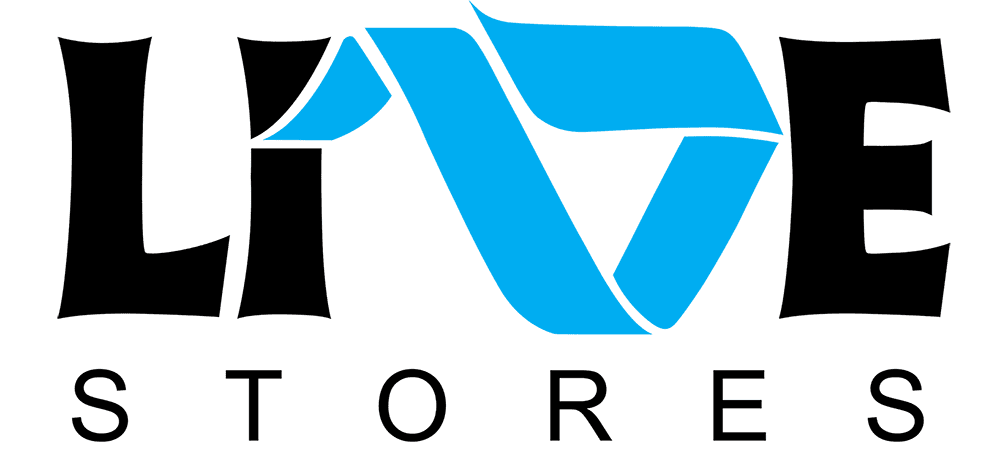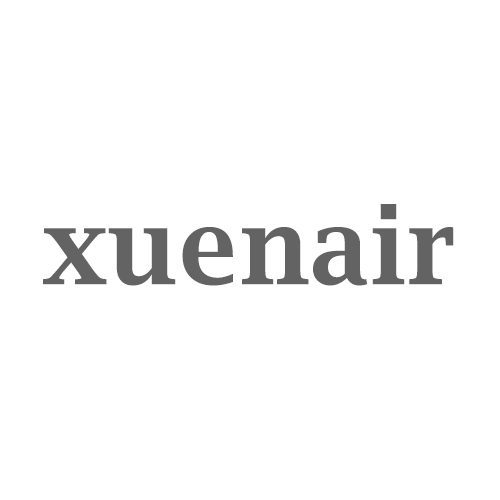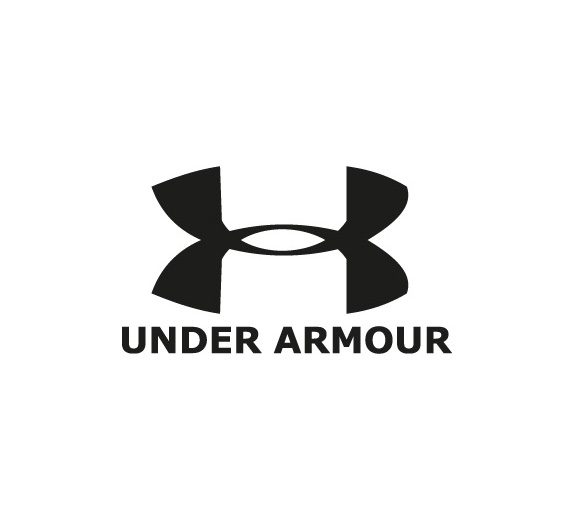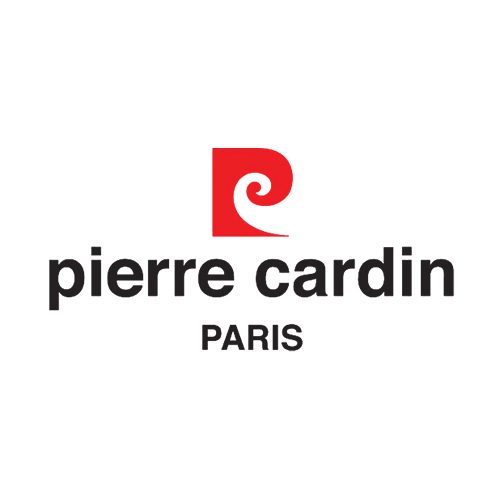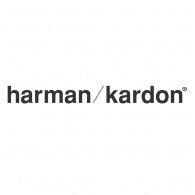Law of Supply and Demand in Economics: How It Works
The law of supply is also based on the assumption of ceteris paribus i.e., other things remaining the same assumptions. The law of supply to operate these other factors except its price should hold constant or unchanged. The law of demand posits that demand declines when prices rise for a given resource, product, or commodity. On the supply side, the law posits that producers supply more of a resource, product, or commodity as prices rise.
As the company increases the quantity of goods it produces, it may exhaust the best vendor’s supply and move on to the next best option. Those next options will cost more — Since the cheaper option was already likely used. The cost of production increases due to increase in quantity supplied. It is necessary to increases price to maintain or increase the level of profit. Therefore, there is a direct relationship between price and quantity supplied.
Understanding the Law of Supply and Demand
- The marginal cost of the product will increase with an increase in output due to the operation of diminishing returns.
- A manager might choose a more expensive vendor for personal reasons, for example, or because they don’t know that a cheaper competitor exists.
- Take your learning and productivity to the next level with our Premium Templates.
- The upward slope of the supply curve is supported by the following factors.
- The positive sign represents direct relationship between P and Qs.
- In this situation, the sellers will be willing to sell more even at a lower price.
The company might supply 1 million systems if the price is $200 each, but if the price increases to $300, they might supply 1.5 million systems. It is also assumed that technique of production does not change. If better methods of production are invented, profit increases at the previous price. The sellers increase supply and law of supply does not operate.
However, the producers do not release significant amounts from their stock at a significantly cheaper price. They work on building up their inventory in anticipation of potential price increases in the future. The above table shows the positive relationship between the price of the commodity and quaintly supply by the seller.
- The term premium has several different definitions in finance — Often, it refers to the cost of either a put option or a call option, but can also refer to bond pricing or insurance payments.
- The sellers will be willing to sell more in this situation, even at a cheaper price.
- On the supply side, the law posits that producers supply more of a resource, product, or commodity as prices rise.
- The law of supply depicts the producer’s behavior when the price of a good rises or falls.
- Sellers are willing to offer more perishable commodities, such as fruits, vegetables, and other foods, even if prices are dropping.
- As the company increases the quantity of goods it produces, it may exhaust the best vendor’s supply and move on to the next best option.
Chapter 2: Consumer’s Equilibrium
Therefore, a change in price will cause a change in the quantity supplied, resulting in a movement along the supply curve. The position of a supply curve can change due to various factors, such as changes in production costs, technology, and government policies. When the position of a supply curve changes, it is known as a shift in the supply curve. The most important information that a supply curve shows is the relationship between the price of a product and the quantity supplied.
The first car is more life-altering than the fifth addition to the fleet. The living room TV is more useful than the fourth one for the garage. Our understanding of price as a signaling mechanism matching supply and demand is rooted in the work of Enlightenment economists who studied and summarized the relationship. When your employer pays time and a half for overtime, the number of hours you are willing to supply for work might increase.
Exceptions to Law of Supply:
Securities trading is offered through Robinhood Financial LLC. Erika Rasure is globally-recognized as a leading consumer economics subject matter expert, researcher, and educator. She is a financial therapist and transformational coach, with a special interest in helping women learn how to invest. Due to the scarcity of resources, output and supply cannot be enhanced in economically underdeveloped countries. Empower your business with streamlined inventory control and gain a competitive edge in your market. A strangle is an options strategy involving both a call option above the current price and a put option below the current price, on the same security with the same expiration date.
So, at point A, the quantity supplied will be Q1 and the price will be P1, and so on. If there is a tendency of increasing prices at present period, the sellers increase quantity supplied for the lust of profit. Now they want to maximize their profit due to good present circumstances.
So, producers increase the supply of the commodity by increasing the production. On the other hand, with fall in prices, supply also decreases as profit margin decreases at low prices. Table 9.3 clearly shows that more and more units of the commodity are being offered for sale as the price of the commodity is increased. 9.3, supply curve SS slope upwards from left to right, indicating direct relationship between price and quantity supplied. Demand ultimately sets the price in a competitive market; supplier response to the price they can expect to receive sets the quantity supplied. The upward slope of the supply curve reflects the law of supply, which states that there is a direct relationship between the price of a product and the quantity supplied.
The degree to which price changes affect the product’s demand or supply is known as its price elasticity. If the prices of substitutes of a commodity fall then the tendency of consumers diverts to substitutes therefore, the supply of a commodity falls without any change in price. The law of supply does not apply to precious, rare, or artistic items. For example, even if the price increases, the number of rare items like the Mona Lisa artwork cannot be increased. The backward bending supply curve is often seen in the labor market, where workers may choose to work fewer hours as their wages increase.
However, if sellers expect an increase in the future price, they will reduce supply to deliver the item later at a higher price. As businesses continue to integrate AI in supply chain management operations, we can expect further innovations that will influence the shape and movement of supply curves. For instance, AI-driven predictive analytics can analyze vast amounts of data to forecast demand patterns, allowing producers to adjust their output levels accordingly. Additionally, AI-powered automation tools can enhance efficiency in manufacturing and distribution, leading to cost savings and increased productivity. In economically backward countries, production and supply cannot be increased with rise in price due to shortage of resources. Another issue comes up in real-world applications — An increase in production cost is not always obvious.
The law of supply and demand outlines the interaction between a buyer and a seller of a resource. It incorporates both the law of supply and the law of demand. When the price of a specific assumptions of law of supply commodity increases, potential producers are encouraged to enter the market and produce the good to make money. The market supply rises as the number of businesses increases. However, once the price begins to decline, some businesses that do not anticipate making any money at a low price may stop production or cut it back.
If you can’t charge enough to cover those expenses, plus your opportunity cost (how much you value the thing you would be doing if you weren’t selling lemonade), it wasn’t worth doing. And, if you were going to stay out there selling for an extra hour, the money had to be even better. Browse all our articles on finance, accounting, and economic topics. Explore our free career resources, including our interactive career map.
